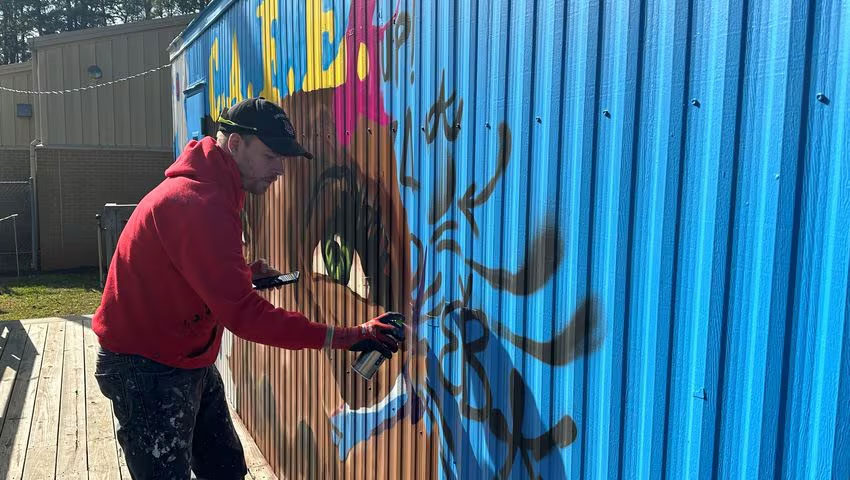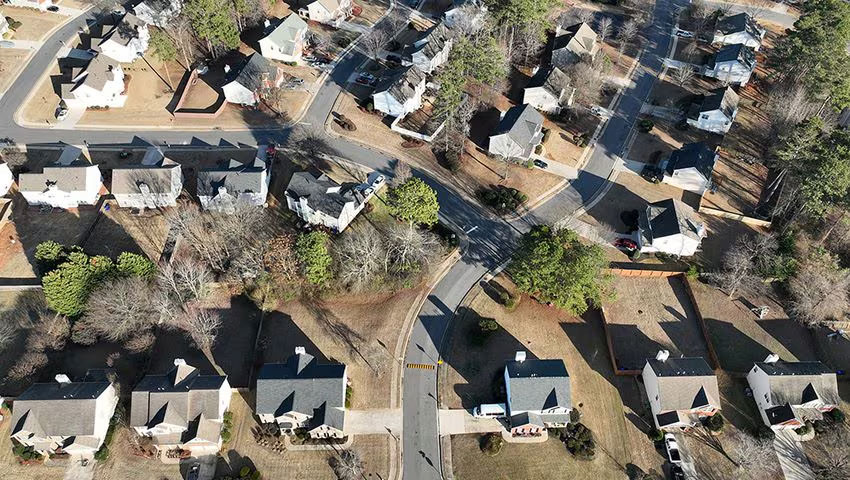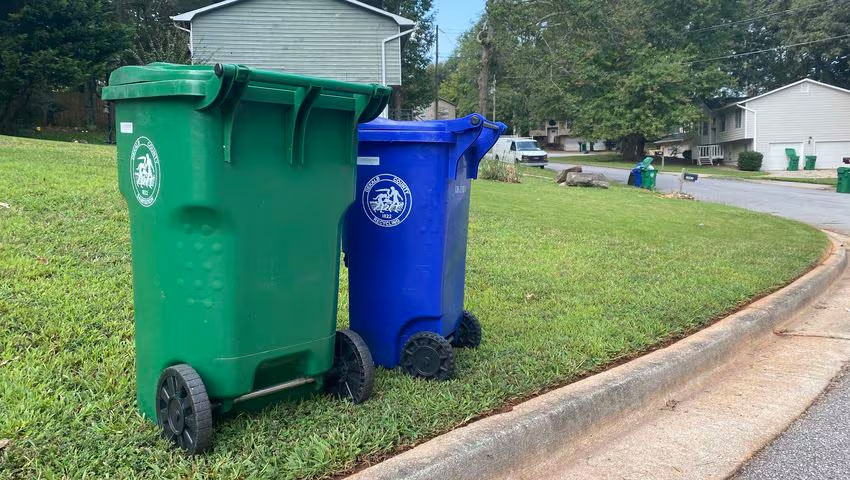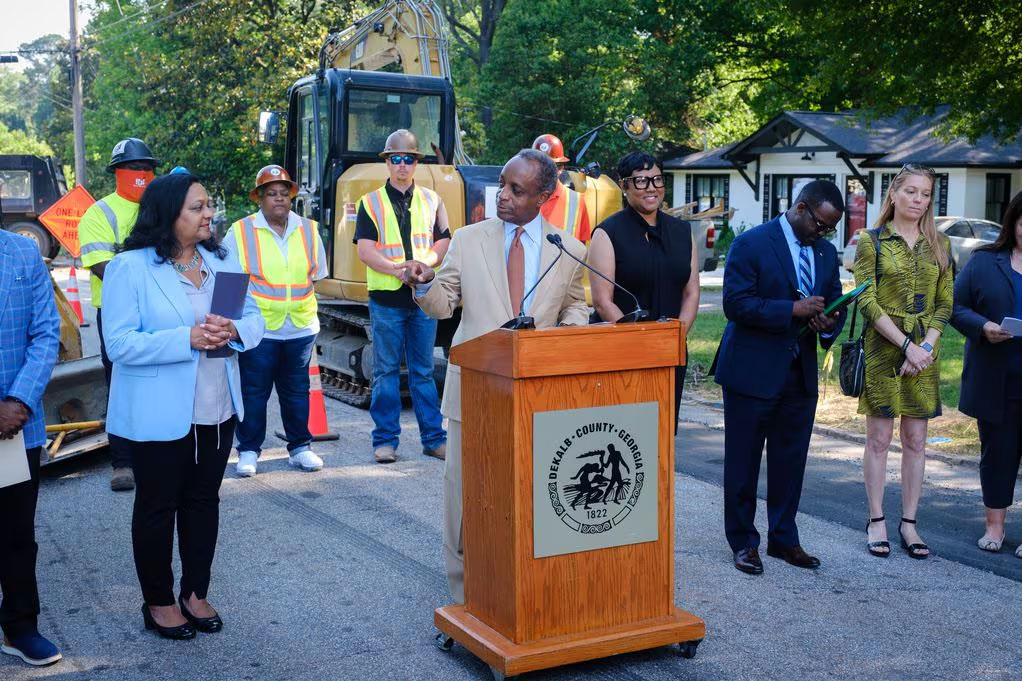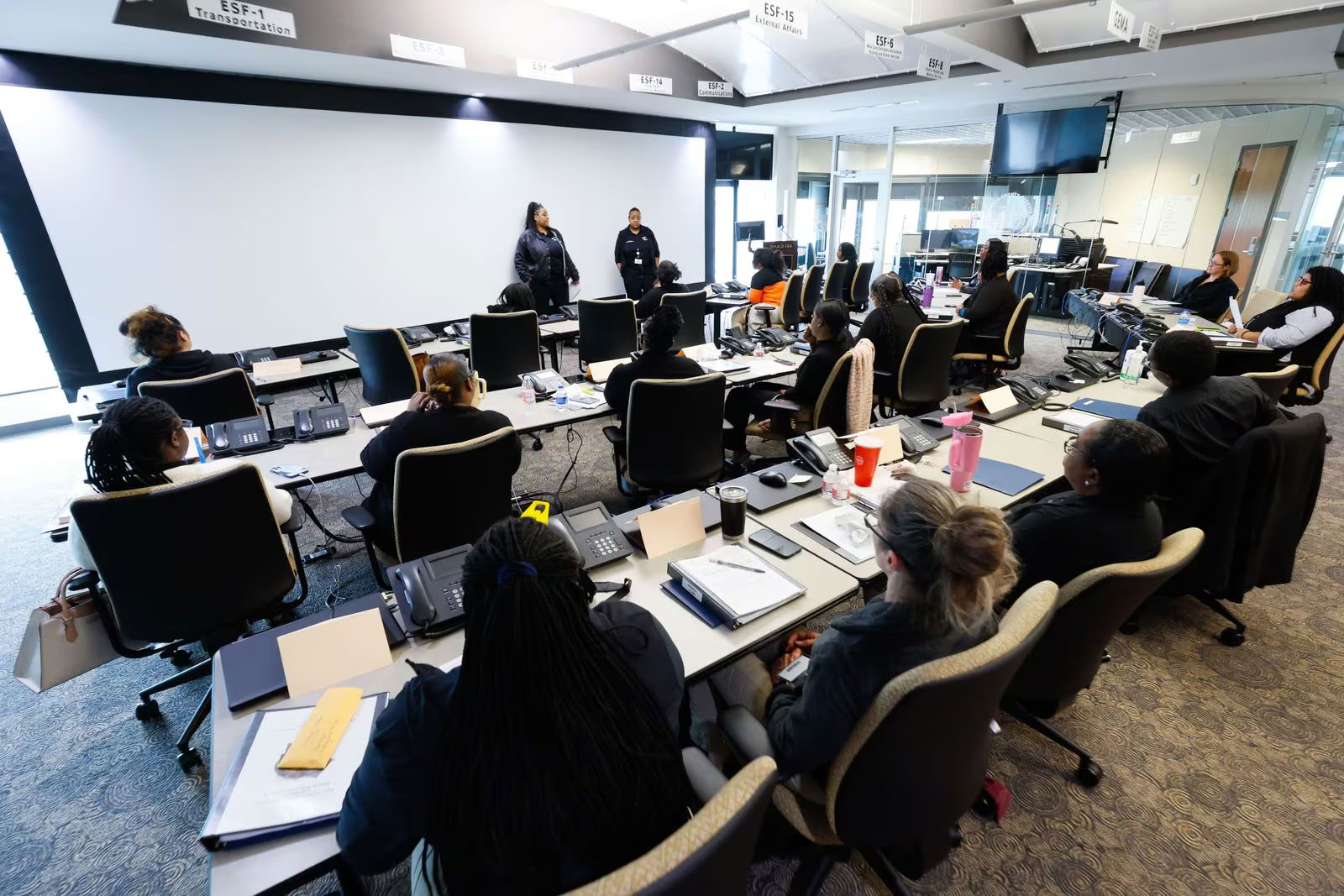By Pien Huang and Audrey Carlsen
The U.S. is working to vaccinate a high percentage of its population against COVID-19 as soon as possible to stop the spread of the disease and end the outbreak in the country.
The mission becomes even more urgent as coronavirus variants emerge around the world, raising concerns that the virus could evade our efforts to control it, if the spread is not curbed quickly.
Since vaccine distribution began in the U.S. on Dec. 14, more than 26 million doses have been administered, reaching 6.5% of the total U.S. population, according to federal data collected by the Centers for Disease Control and Prevention. The U.S. is currently administering around 1 million shots a day.
Strategies for distribution — along with the efficiency and equity of the process — vary from state to state. Alaska and West Virginia lead the vaccination charge on a per capita basis; Alaska has reached more than 11% of their residents with initial shots and West Virginia nearly 10%.
In addition to the states, the federal government distributes vaccines to four federal agencies, five U.S. territories and three freely associated states.
Currently, the two COVID-19 vaccines that have been authorized for emergency use each require a two-shot regimen spaced out by three or four weeks. Vaccination is not complete until both doses are received.
Getting millions of people vaccinated, in order of priority, is a big logistical challenge for states. As a result, there’s often a delay between when states receive their federal shipments of vaccines and when they get all the shots into people’s arms.
Read the original story on NPR.org.
